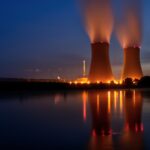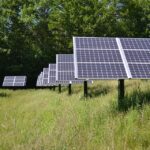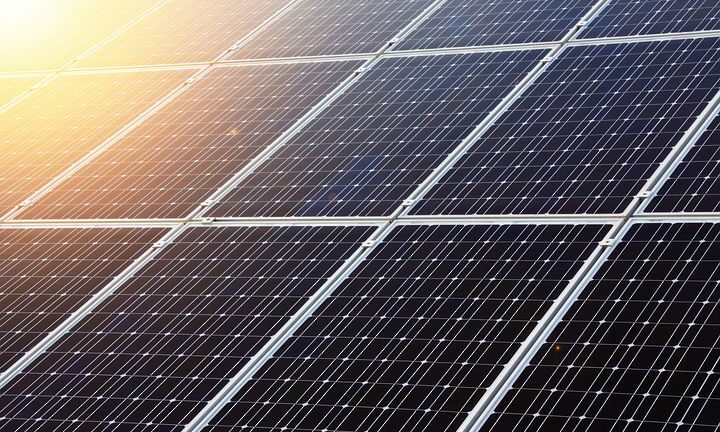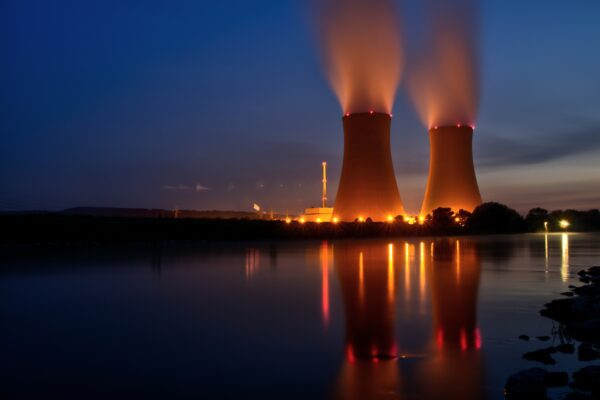On the 26th of April 1986, there was a sudden rise in power at the Chernobyl Nuclear Energy Power Plant. This caused an explosion and fire that destroyed Unit 4 of the plant. As a result, more than 200,000 people had to be relocated. The worst was yet to come.
On the 11th of March 2011, an earthquake and tsunami hit the eastern part of Japan. This caused a major accident at the Fukushima Daiichi Nuclear Power Plant. The reactors lost their external power source as a result of the earthquake.
As the tsunami levels went much higher than the plant, the backup diesel generators were disabled. It also damaged the cooling systems of the reactor. As the radiation contaminated larger areas surrounding the plant, almost half a million residents were relocated.
In order to avoid such disasters in the future, some better Nuclear Energy alternatives are being considered in recent times:
1. Solar Power
Earlier, solar energy systems could be used only by the wealthy owing to their high costs. Today, the costs have reduced considerably. The solar paneling systems are now accessible to a larger population.
Many of the larger countries of the world have started implementing solar energy, including India and China. Large business organizations are also investing significant amounts in reusable solar systems. It is expected that the use of solar energy systems will increase with further decrease in costs.
2. Hydrogen
Hydrogen is not available naturally on earth in the form of gas, but it can be manufactured. It is one of the elements found in abundance in the earth’s crust. This gas is found in water, coal, and petroleum. As it is lighter than air, it rises into the atmosphere. Hydrogen has the highest amount of energy by weight when compared to any of the common fuels.
By volume, it has the lowest energy content. Hydrogen is often referred to as a carrier of energy. It, therefore, can be used to store, move, and deliver energy in a form that is convenient to use. Electricity is one such form.
3. Natural Gas
Natural gas is abundantly available in many parts of the world. At the moment, it is available in quantities that can produce sufficient energy for about 250 years. It is currently the third largest source of energy after oil and coal. With the use of appropriate generators, natural gas can be developed for commercial use.
Considering the dangers of the dependence on nuclear power, natural gas is certainly a good option. When compared with all the other fossil fuels, natural gas is less polluting. The lesser costs involved in its production also makes it a better choice for generating electricity.
4. Wind Energy
Being a free, clean, and renewable source of energy, the wind is greatly favored as an alternative energy source. In fact, wind is a more efficient source of energy than the sun. As wind turbines release lesser carbon dioxide compared to the solar panels, they are more environment-friendly.
Wind turbines consume less energy and generate more of it. One wind turbine can generate the amount of energy produced by over 48,000 solar panels. Wind energy, therefore, is more cost-efficient than nuclear or solar energy.









